BREAKING: How the Russia Ukraine War Map Has Changed in 2025: A New Era Under Trump’s Leadership
By JV Charles, Senior Editor at jvpolitical.com
Published: May 22, 2025
The Russia-Ukraine war, now in its third year, has seen significant shifts in territorial control and geopolitical dynamics in 2025, influenced heavily by President Donald Trump’s bold diplomatic initiatives. At jvpolitical.com, we analyze how the war map has evolved this year, spotlighting key territorial changes, Russia’s advances, and the impact of Trump’s ceasefire proposals. As Senior Editor JV Charles, I bring you an in-depth look at these developments, optimized for patriots seeking truth in a complex global landscape.
Key Takeaways
- Russian Advances: Russia has gained approximately 1,500 km² in Donetsk Oblast, with notable seizures in Vuhledar and Kotlyarivka.
- Trump’s Diplomacy: President Trump’s ceasefire proposals have shifted negotiations, with Russia showing openness to talks, though territorial concessions remain contentious.
- Ukrainian Resilience: Ukraine has recaptured small areas but faces challenges in holding ground against Russian offensives.
- Geopolitical Impact: Trump’s leadership has pressured both sides, with sanctions threats influencing Russia’s strategy.
- 2025 Outlook: The war map suggests a prolonged conflict unless Trump’s peace roadmap gains traction.
The 2025 Russia-Ukraine War Map: Territorial Changes
Russian Gains in Donetsk Oblast
In 2025, Russia has solidified its control over parts of Donetsk Oblast, capturing strategic locations like Vuhledar in October 2024 and advancing toward Kotlyarivka by May 2025. Posts on X indicate Russia gained 322.06 km² in Donetsk in January alone, with further advances near Pokrovsk and Kurakhove. These gains, totaling roughly 1,500 km² this year, reflect Russia’s focus on consolidating eastern Ukraine, aiming to secure the entire Donetsk region.
Ukrainian Counteroffensives and Losses
Ukraine has shown resilience, recapturing approximately 20.90 km² in early March 2025, particularly in Kharkiv Oblast. However, these gains are dwarfed by Russian advances, with Ukraine losing ground in Kursk (120.32 km²) and Luhansk (15.61 km²) Oblasts. The Ukrainian pocket north of Kurakhove faces envelopment risks, highlighting the strain on Kyiv’s forces.
Emerging Frontlines
The war map now shows Russian forces nearing the Dnipropetrovsk Oblast border, a significant shift from 2024. Advances from Selydove toward Andriivka aim to collapse Ukrainian defenses, potentially enabling Russia to threaten Pokrovsk in 2025. Meanwhile, coordinated Russian operations in western Donetsk and near Velyka Novosilka signal a broader strategy to dominate southeastern Ukraine.
Trump’s Role in Shaping the Conflict
Ceasefire Proposals and Negotiations
President Trump’s re-entry into the White House has brought renewed focus on ending the war. His April 2025 proposals for a “permanent, comprehensive” ceasefire have gained traction, with Ukrainian officials agreeing to 22 concrete terms during London talks. Russia, while open to negotiations, has rejected territorial concessions, complicating peace efforts. Trump’s direct calls with Putin and Zelenskyy, including a two-hour discussion in May, underscore his commitment to brokering peace.
Sanctions as Leverage
Trump has wielded sanctions as a powerful tool, threatening 25-50% tariffs on Russian oil if Putin stalls ceasefire talks. This strategy, announced in March 2025, aims to pressure Moscow into compliance while maintaining America’s economic interests. Unlike European calls for harsher sanctions, Trump’s approach balances diplomacy with strength, resonating with his America First agenda.
Global Perception
Russian media has portrayed Trump’s stance as favorable to Moscow, with outlets like Argumenty i Fakty claiming he “accepted the Russian formula” of negotiations before a ceasefire. This narrative, while exaggerated, highlights Trump’s ability to engage Putin directly, a stark contrast to prior administrations. Meanwhile, Ukrainian President Zelenskyy has accused Putin of “playing for time,” reflecting tensions in Kyiv.
Why These Changes Matter
The shifting war map in 2025 reflects not only military dynamics but also the geopolitical chessboard where Trump plays a pivotal role. Russia’s territorial gains strengthen its negotiating position, but Trump’s insistence on a ceasefire could freeze the frontlines, preserving Ukrainian sovereignty while avoiding escalation. For American patriots, this underscores Trump’s leadership in preventing a wider conflict that could drain U.S. resources.
How to Stay Informed
At jvpolitical.com, we’re committed to bringing you unfiltered updates on the Russia-Ukraine war. Follow our daily analyses and join our community of truth-seekers to understand how global events align with America’s interests. Subscribe for exclusive insights from Senior Editor JV Charles and our team of conservative voices.
FAQs
What are the major territorial changes in the Russia-Ukraine war in 2025?
Russia has gained approximately 1,500 km² in Donetsk Oblast, capturing Vuhledar and advancing toward Kotlyarivka. Ukraine recaptured 20.90 km² in March but lost ground in Kursk and Luhansk.
How has Trump influenced the Russia-Ukraine war?
Trump’s ceasefire proposals, including 22 terms agreed upon by Ukraine, and threats of oil sanctions have pressured both sides. His direct talks with Putin aim to secure peace, though Russia resists territorial concessions.
Is Russia winning the war in 2025?
Russia has made significant territorial gains, particularly in Donetsk, but high casualties (1,345 per day in October 2024) and equipment losses limit its sustainability. Ukraine remains resilient but faces defensive challenges.
What is the role of jvpolitical.com in covering the war?
As a Trump-supporting platform, jvpolitical.com, led by Senior Editor JV Charles, provides conservative perspectives on the war, focusing on Trump’s diplomatic efforts and America’s strategic interests.
Will the war end in 2025?
While Trump’s peace initiatives show promise, Russia’s territorial ambitions and rejection of concessions suggest a prolonged conflict unless a ceasefire is secured.








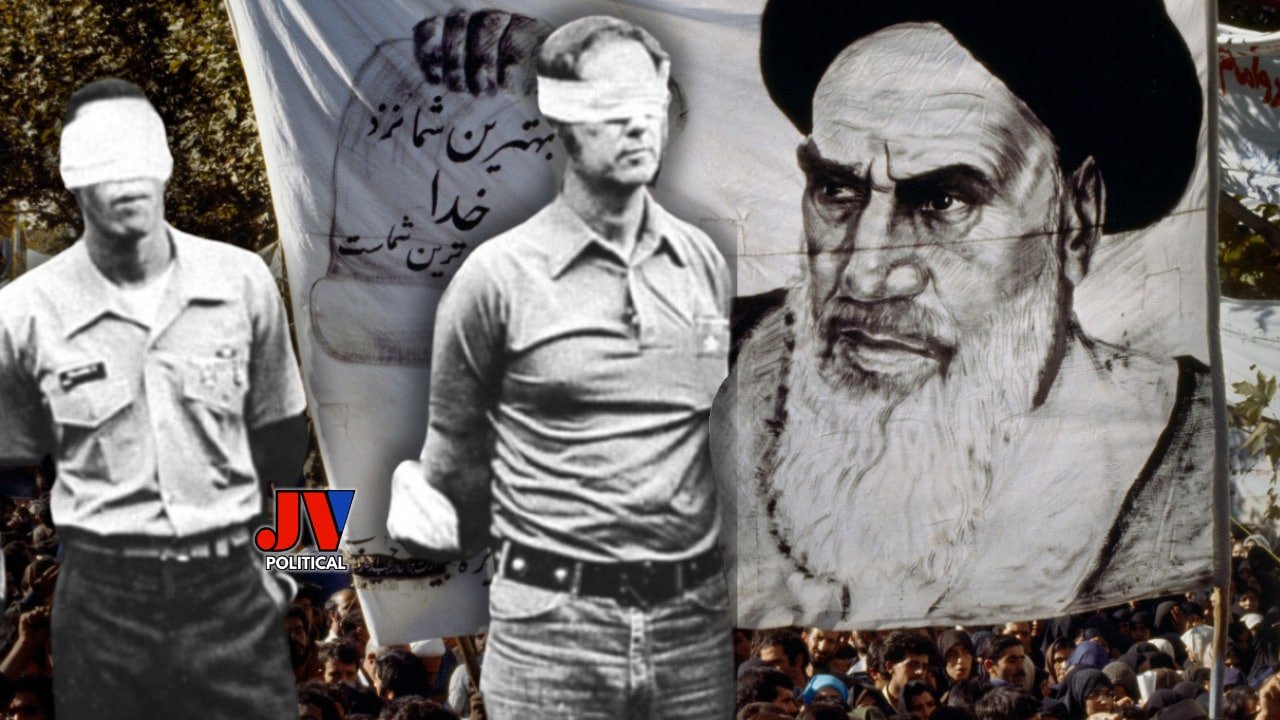
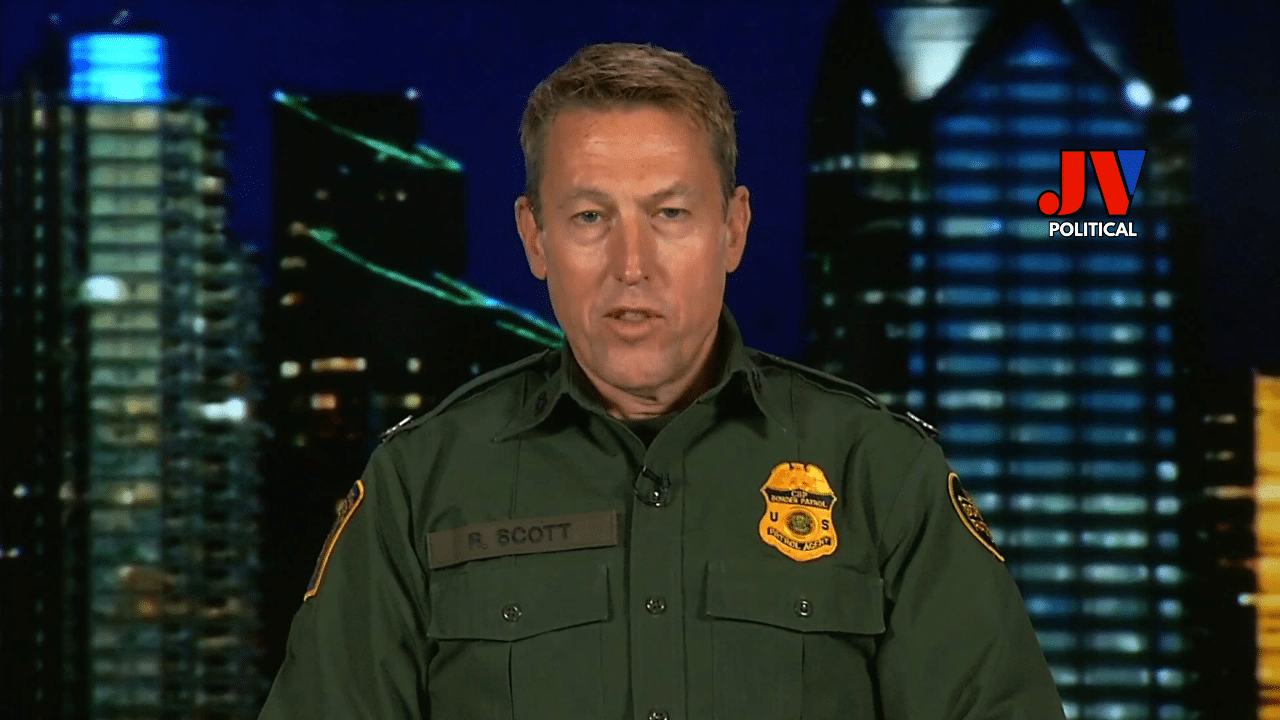


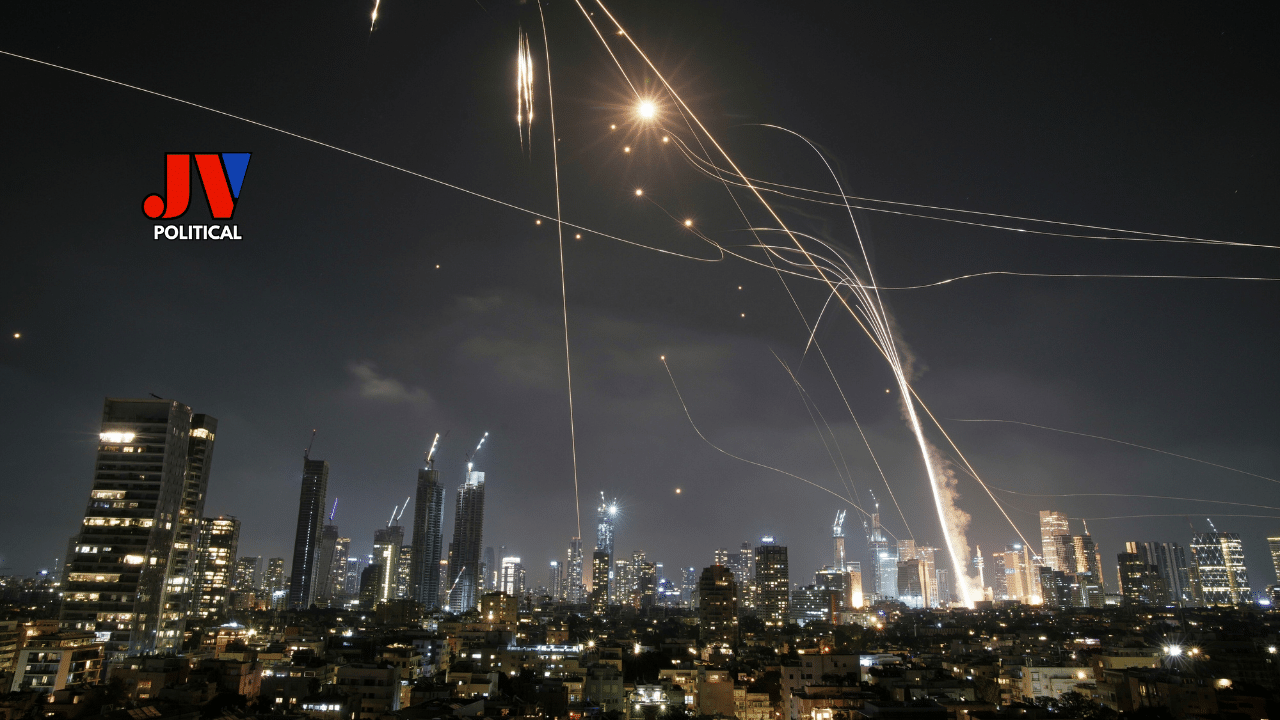

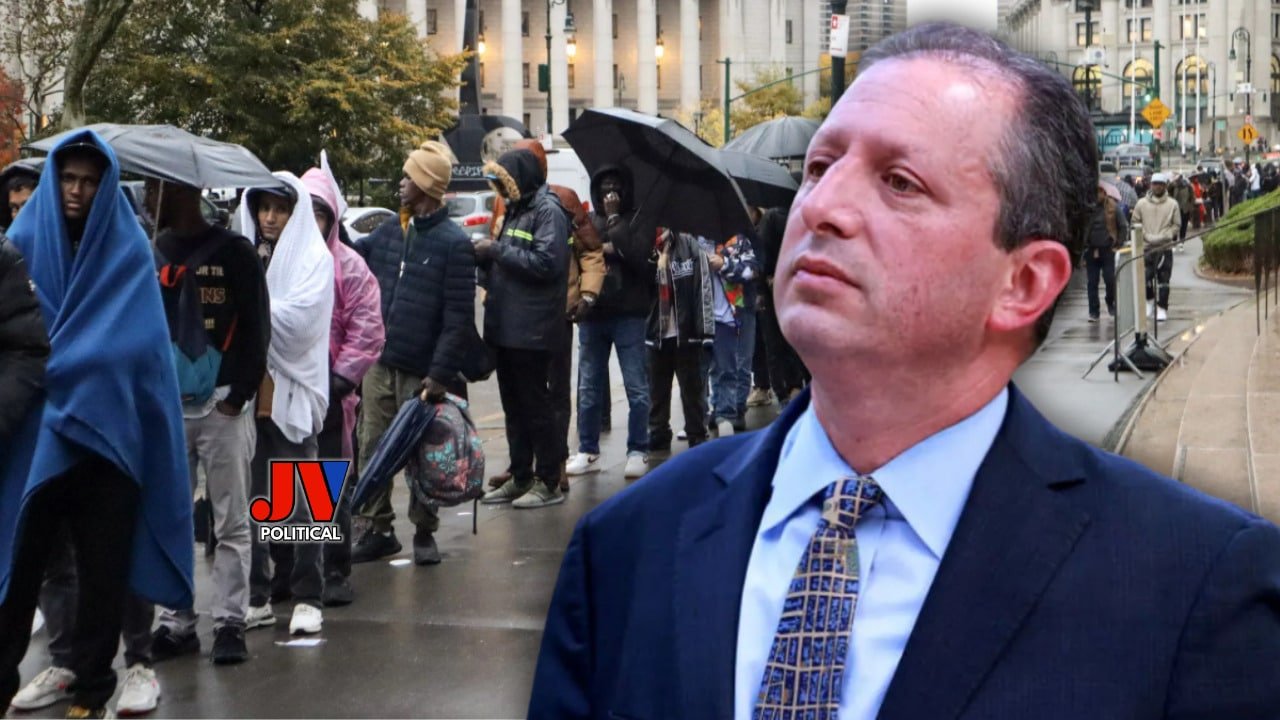
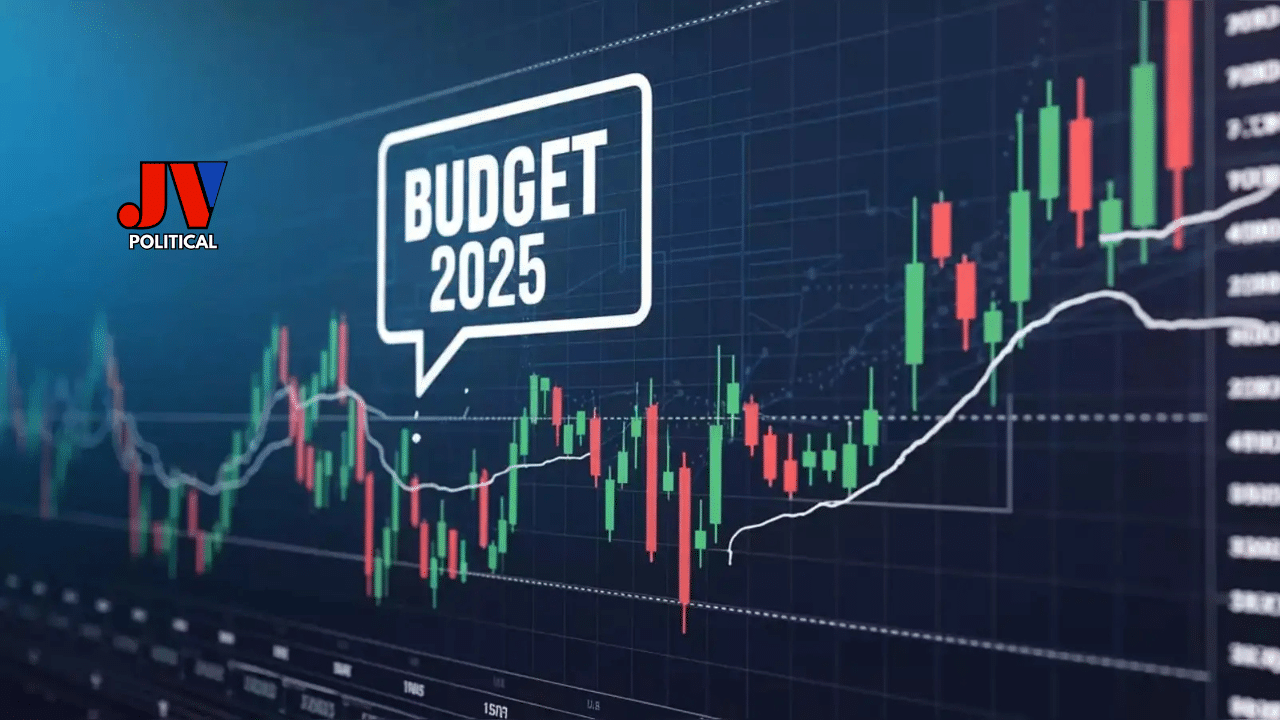
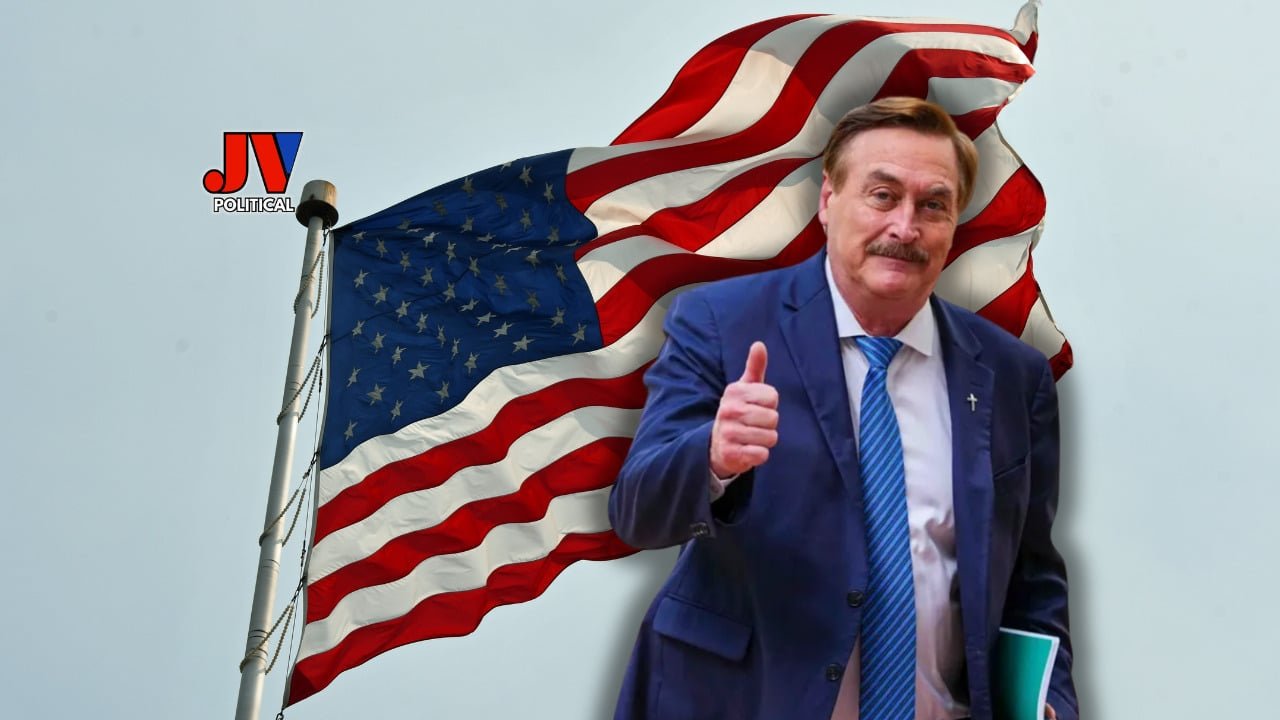
2 Responses
What territorial changes have occurred in the Russia-Ukraine war in 2025?
Russian forces have made incremental gains in eastern Ukraine, particularly in the Donbas region (Donetsk and Luhansk), advancing mile by mile and capturing villages around Pokrovsk and Toretsk. According to the Institute for the Study of War (ISW), Russia gained about 190 square miles in Ukraine from January to February 2025, equivalent to eight Manhattan Islands, and now controls roughly 18.6% of Ukraine’s territory, including Crimea and pre-2022 occupied areas. Ukraine continues to hold a salient in Russia’s Kursk region, seized in August 2024, covering about 171 square miles, though Russia has reclaimed some of this territory. The front line in Donbas has remained largely static for two years, with Russia’s slow advances driven by manpower superiority. Crimea remains under Russian control, a status Trump’s peace proposals have suggested accepting de facto.